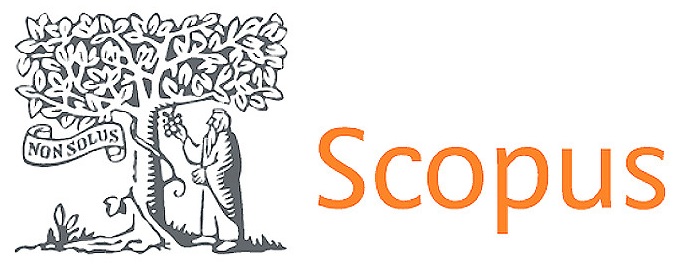Incidence of Acute Myocardial Infarctions: Comparative Analysis Based on SISVIG Data, Mortality Surveillance, Death Notification (2021-2023)
DOI:
https://doi.org/10.56294/mw2024544Keywords:
Acute myocardial infarction, Cardiovascular mortality, SISVIG, Mortality SurveillanceAbstract
This research analyzes the incidence of acute myocardial infarction (AMI) in Panama during the years 2021-2023, highlighting its growing impact as a public health problem. Using data from the Health Events Surveillance System (SISVIG), 56 deaths attributed to AMI were identified in the period studied, with a significant concentration of cases in the last months of the year, particularly in October, November and December. This trend suggests possible seasonal influences and acquired behaviors in the population, such as changes in diet and lifestyle during the holidays, which could be contributing to the observed peaks in AMI incidence in the region. The descriptive study also revealed limitations in the coverage and consistency of data reported by hospitals to (SISVIG), which could be underestimating the true magnitude of AMI cases. This deficiency highlights the need to improve epidemiological surveillance and access to quality information to optimize public health intervention and prevention strategies against cardiovascular diseases in Panama.
References
Cerda, J., & Bambs, C. (2021). Variación estacional de las defunciones por infarto agudo del miocardio en Chile. Revista Medica de Chile, 149(5), 665–671. https://doi.org/10.4067/s0034-98872021000500665
González Hernández, E., Cabadés O’Callaghan, A., Cebrián Doménech, J., López Merino, V., Sanjuán Mañez, R., Echánove Errazti, I., Valencia Martín, J., & Bertomeu Martínez, V. (2004). Variaciones estacionales en los ingresos por infarto agudo de miocardio. El estudio PRIMVAC. Revista espanola de cardiologia, 57(1), 12–19. 3https://doi.org/10.1016/s0300-8932(04)77056-6
Nazzal, C., & Alonso, F. (2018). Variación estacional de las hospitalizaciones por infarto agudo de miocardio según sexo y edad en Chile. Revista Medica de Chile, 146(11), 1233–1240. https://doi.org/10.4067/s0034-98872018001101233
Peña, R., Valdés, M., & Nazzal, C. (2022). Efecto de las temperaturas extremas en la incidencia de enfermedades cardiovasculares: revisión bibliográfica 2016-2022. Revista Chilena de Cardiología, 41(1), 51–64. https://doi.org/10.4067/s0718-85602022000100051
Sanchez, J. E. (s/f). Enfermedades cardiovasculares, una de las principales causas de muerte. Gob.pa. Recuperado el 15 de julio de 2024, de https://prensa.css.gob.pa/2021/08/20/enfermedades-cardiovasculares-se-han-convertido-en-una-de-las-principales-causa-de-muerte/
Dani Blum / The New York Times. (2022, diciembre 8). Beber durante las fiestas puede dañar el corazón. En Segundos Panama. https://ensegundos.com.pa/2022/12/08/beber-durante-las-fiestas-puede-danar-el-corazon/
Rivero, A., Bolufé, J., Ortiz, P. L., Rodríguez, Y., & Reyes, M. C. (n.d.). Influencia de la variabilidad del clima sobre la mortalidad por infarto agudo de miocardio en La Habana, 2001-2012. Mediccreview.org. Retrieved July 2, 2024, from https://mediccreview.org/wp-content/uploads/2018/04/mr_540_es.pdf
Ruthmann, N. (2023, December 27). Por qué aumentan los infartos entre Navidad y Año Nuevo. National Geographic. https://www.nationalgeographic.es/ciencia/2023/12/aumento-infartos-navidad-nochevieja-ano-nuevo-fiestas
Published
Issue
Section
License
Copyright (c) 2024 ANLLY AÑEZ, KRYSTEL NADINE ALMENGOR SÁNCHEZ, MARTA RAQUEL CANDANEDO NIETO, RENEE ALEJANDRA CUBILLA ANGULO, GABRIELLA MABEL ESPINOSA SALDARRIAGA, AMY CRISTINA FRANCIS BONFANTE, MARIA SOFIA OVIEDO PRAVIA, AMILERIS ANICHELL VEGA NAVARRO (Author)

This work is licensed under a Creative Commons Attribution 4.0 International License.
The article is distributed under the Creative Commons Attribution 4.0 License. Unless otherwise stated, associated published material is distributed under the same licence.






